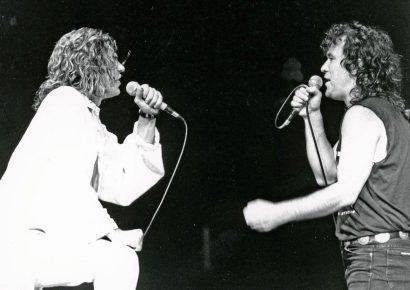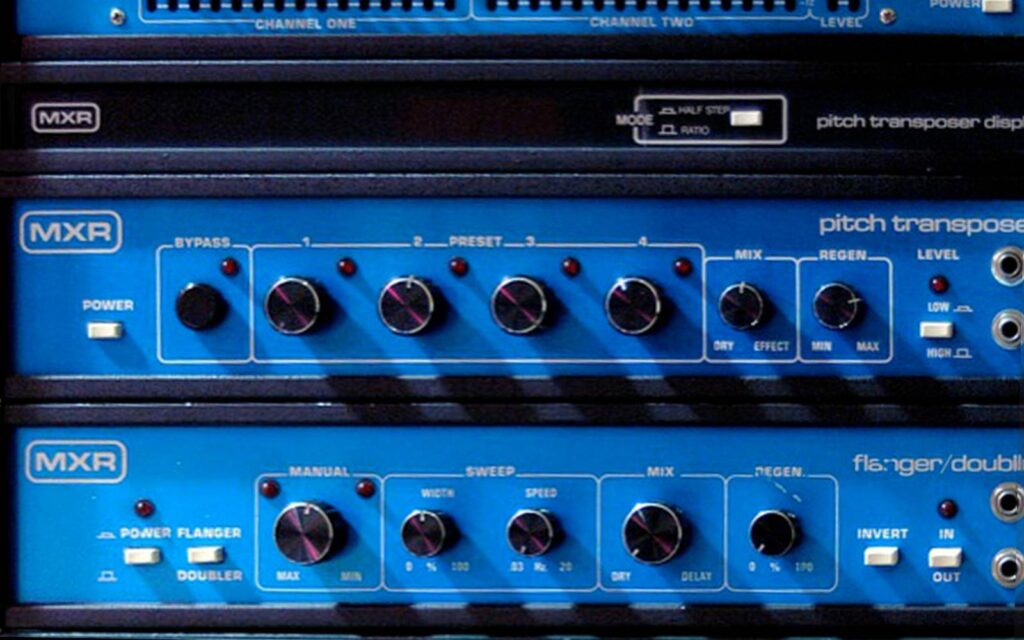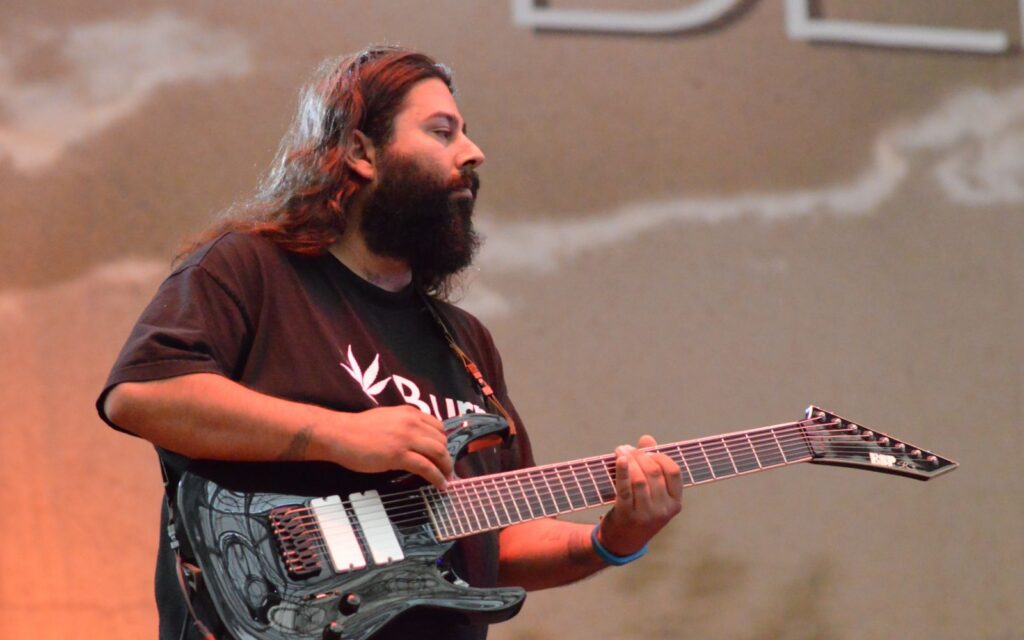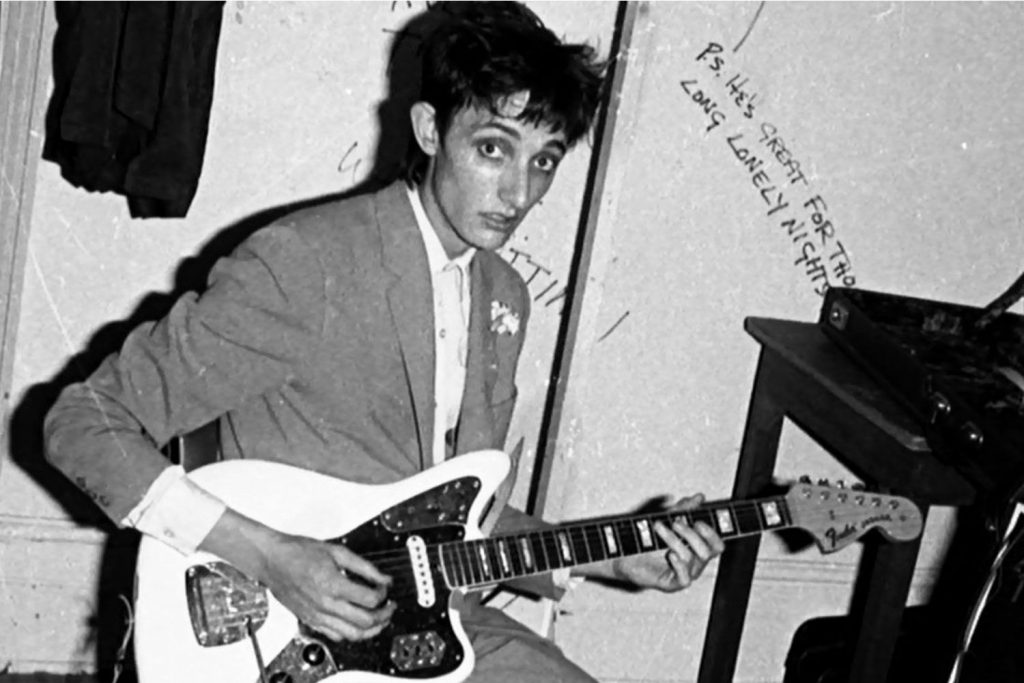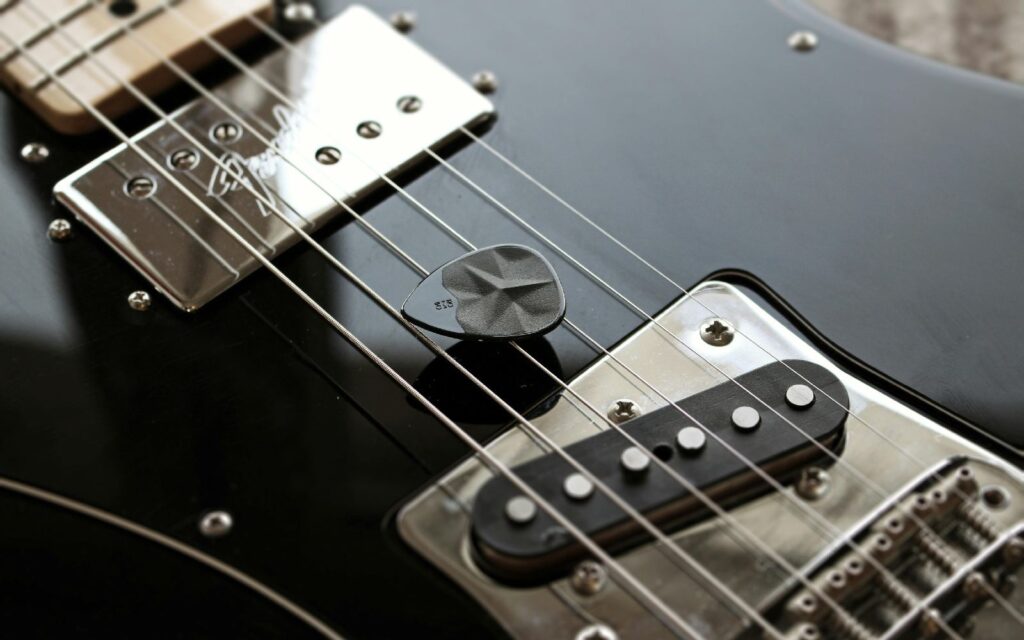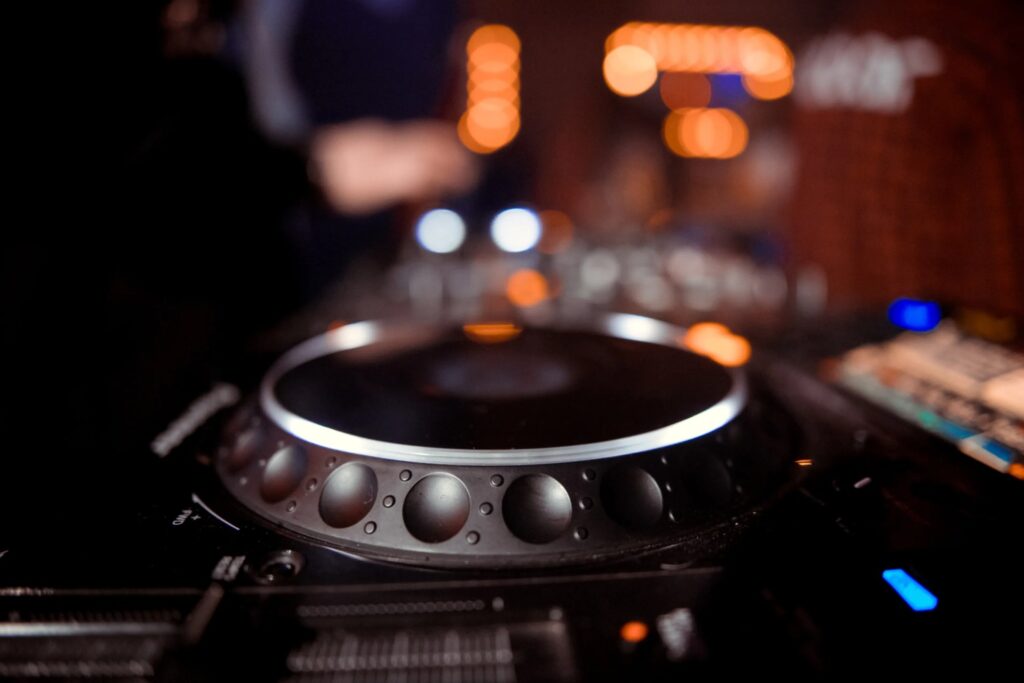The advent of this effect in guitar playing began with a rocking pedal design that opened and closed the EQ curve, allowing guitarists to express more while playing with their hands.
The wah pedal is a unique pedal in that it’s sort of used to synthesise another instrument entirely: the voice. The wah pedal uses a simple design, an EQ with sweeping bell and/or high-pass filter to replicate the effect of our mouths opening and closing to form words, coupled with melody.
Read all the latest features, columns and more here.
The technique is not unique to guitar, and was used extensively in the big band era by horn players who had discovered they could produce a ‘quacking’ style sound if they cupped and removed the trumpet mutes usually used to heavily attenuate the sound of their horns. Both this and the wah pedal produce a ‘wah’ sound, similar to the way our mouths move from mostly closed to almost fully open when making that sound ourselves. The advent of this in guitar playing began with a rocking pedal design that opened and closed the EQ curve, allowing guitarists to express more while playing with their hands. A similar effect can be achieve by rolling your tone control on and off, but the foot pedal frees up your hands.
Wah pedal invention
While being officially (albeit accidentally) invented in 1966 by Bradley J. Plunkett at Warwick Electronics Inc./Thomas Organ Company, the effect had been used by Chet Atkins in the late 50s on “Hot Toddy” and “Slinkey”, on a pedal which he designed himself, and jazz guitarist Peter Van Wood had modified a Hammond organ expression pedal to do a similar job, not unlike how Vox fell into being inventors.
Warwick Electronics Inc. owned the Thomas Organ Company who had entered an agreement with Vox Amplifiers to distribute their (British made) amplifiers in the United States, as well as building some equipment specifically for the US-market, namely transistorised, solid-state version of tube amplifiers. Junior electronics engineer Brad Plunkett was tasked with replicating the Jennings 3-position mid-range boost on the Vox amps in a solid-state version, which he built, mis-wired and tested through an amplifier, his mis-wiring producing that famous squawking, crying tone instead of a mid-range boost, but it captured the attention of the office, and the rocking pedal design being born.
Electrical engineer Del Casher suggested they plug in an electric guitar, at the behest of engineer Bill Page who wanted to use it for saxophone, but Del Casher’s suggestion saw the advent of the guitar as we know it, the design being modified to suit the electric guitar more accurately.
The Crybaby
Thomas Organ wanted to market the pedal for their own American market, so it was rebranded as the Crybaby. While a patent had been lodged for the original wah-wah pedal, the Crybaby itself was not patented, and as such was replicated by multiple companies, including the company, Jen, building Vox and Crybaby pedals, who simply rebranded them for Fender and Gretsch.
The advent of the wah effect in the late 60s saw huge popularity in guitar players in the 70s including Jimi Hendrix, David Gilmour, Toni Iommi and Eric Clapton to name a few, as well as more contemporary players like Slash, Kirk Hammet and Dimebag Darrel.
The wah effect, in particular Crybaby pedals, saw huge use across soul, funk and R&B genres, with players using it to add more rhythm elements to already heavily syncopated playing styles.
Jimi Hendrix famously used his wahs for songs like Voodoo Child (Slight Return), wacka-wackaing into the history books, while also using them to find a sweet spot, leaving them static to help his solos cut through once the right mid boost had been located.
More wah effects
The rocking pedal design is the classic, but advances in technology have bought us the talk-box, a similar sounding effect achieved in an entirely different way (think Bon Jovi’s “Livin’ On A Prayer”) as well as envelope filters and Auto-Wah pedals having a resurgence thanks to players like Corey Wong of Vulfpeck. These are static per se, but not in the way Hendrix made his static. An Auto Wah can be set to a tempo and quacks along with you, while an envelope filter produces a similar effect, albeit being triggered by volume, meaning it reacts to the dynamic of your playing.

